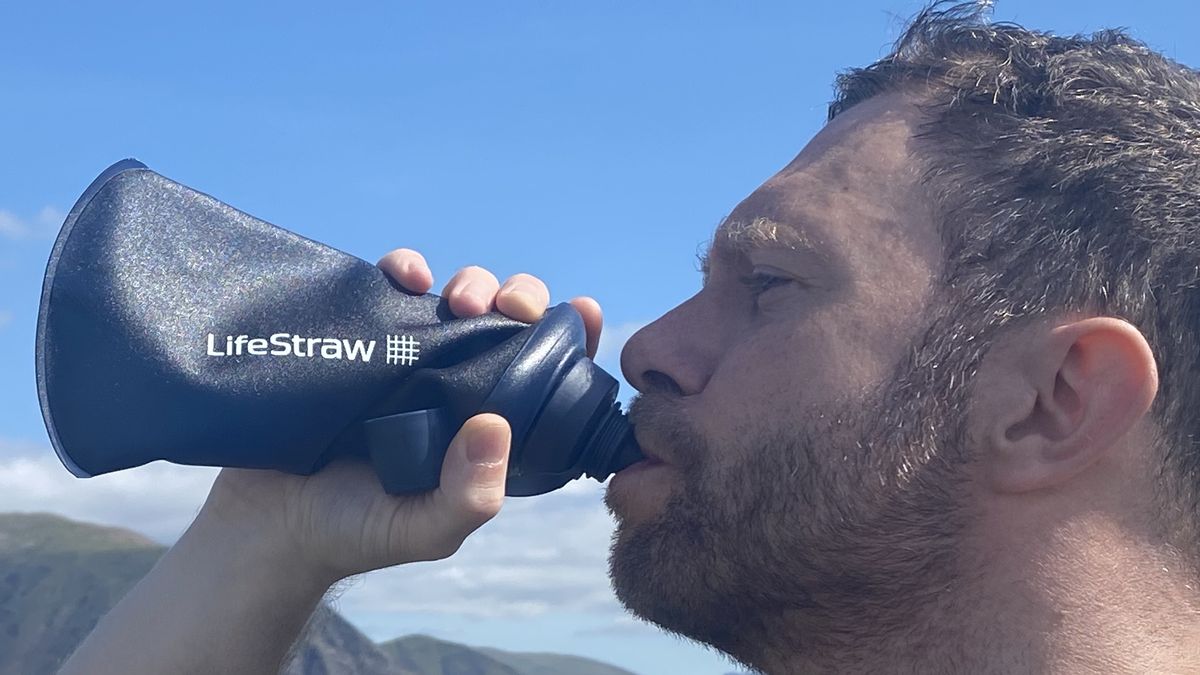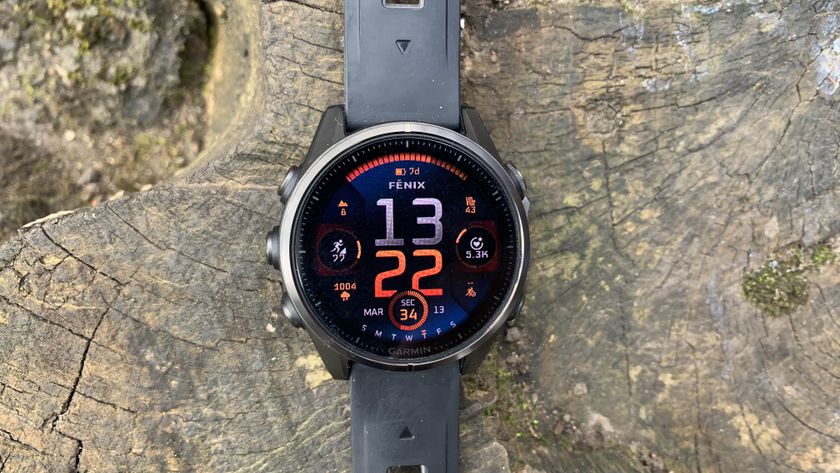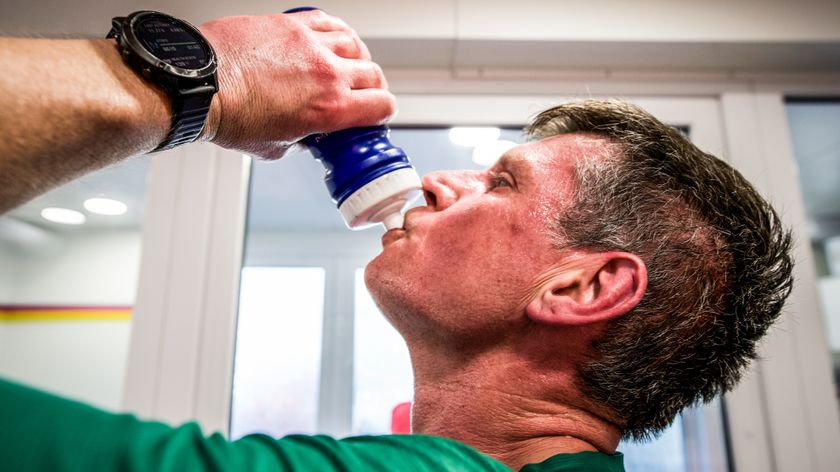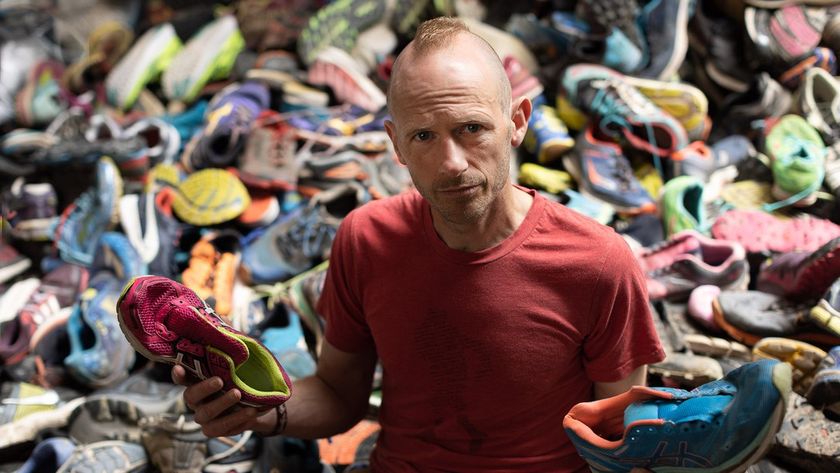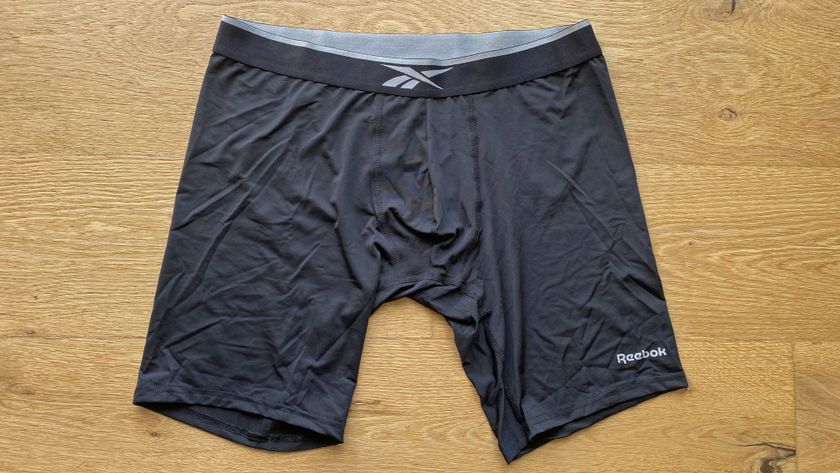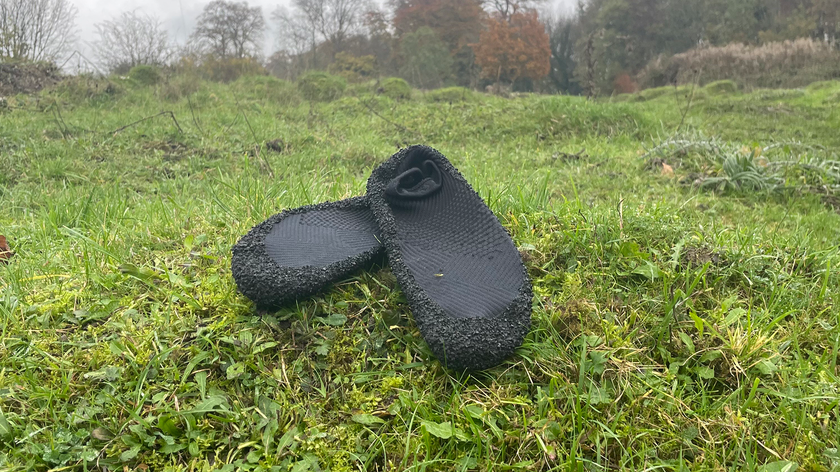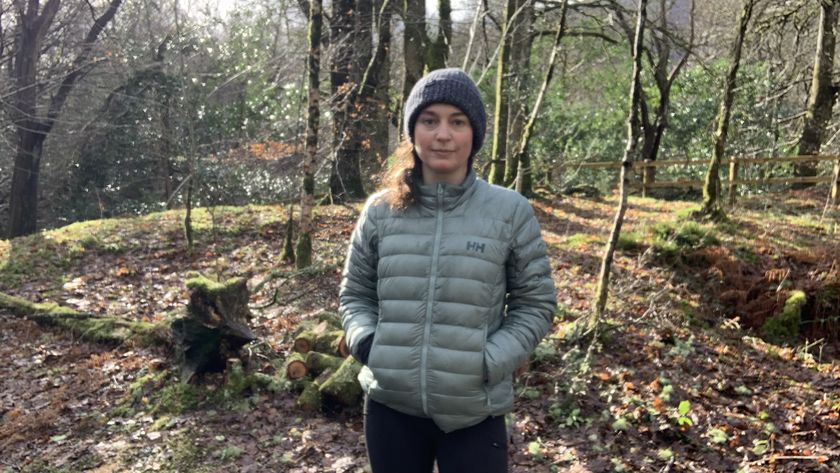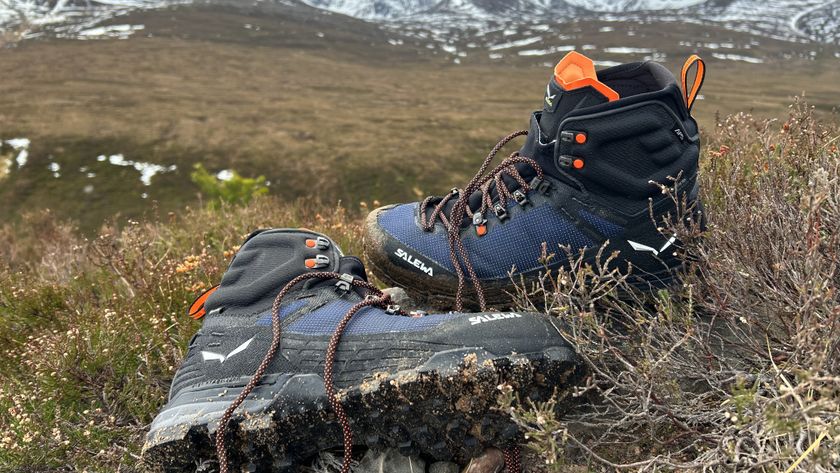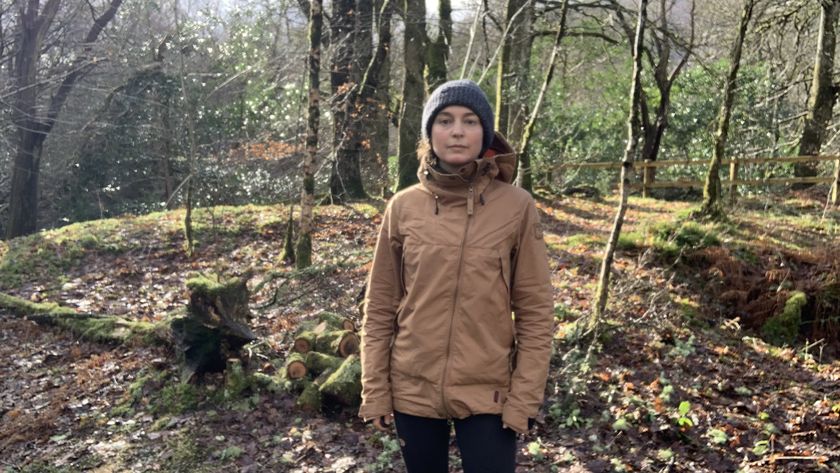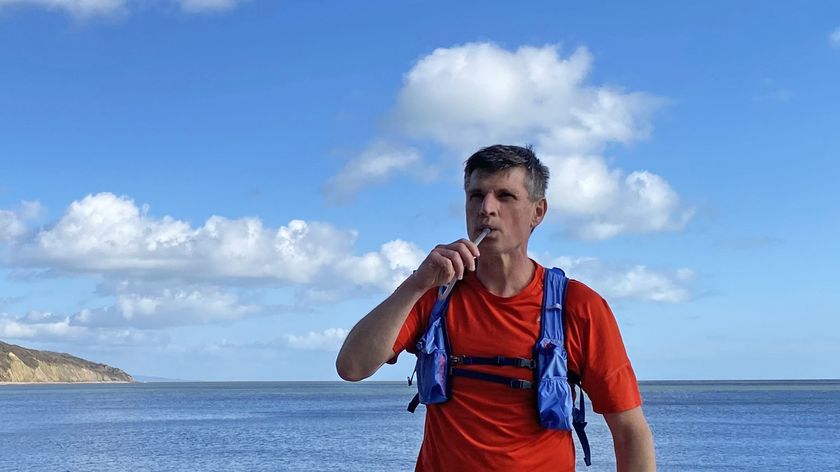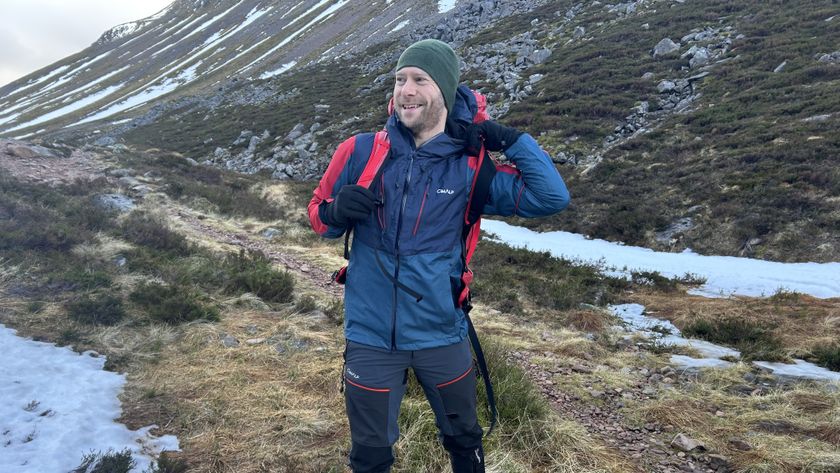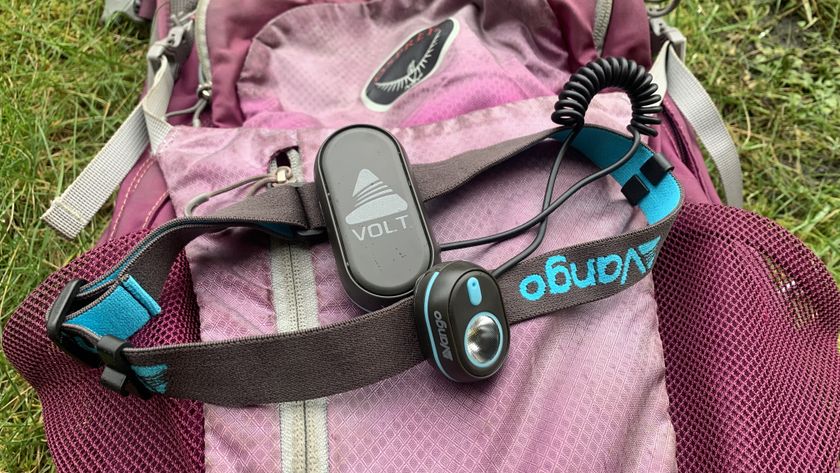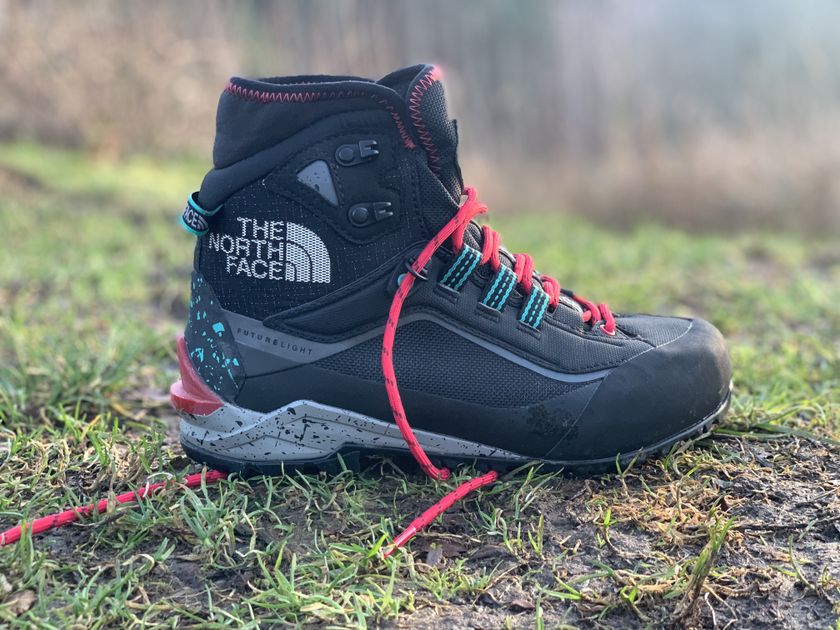Advnture Verdict
A versatile, lightweight and durable water filter that solves all your hydration problems on wild running and backpacking adventures
Pros
- +
Drink directly or use to fill other bottles
- +
Collapsible and highly packable
- +
Lightweight
- +
Durable
- +
Supporting access to clean water across the globe
Cons
- -
Doesn't capture waterborne viruses
- -
No handle for filling up
- -
1L version better suited to backpackers
You can trust Advnture
LifeStraw Peak Series Squeeze Bottle with Filter: first impressions
Since 1999, LifeStraw’s water filtration products have been battling water-borne scourges across the globe, such as Guinea worm disease. To date, the company have provided more than 39 million filters to tackle this disease alone. They are a business that pride themselves on being a humanitarian company that gives back to the planet and takes positive action when faced with disasters.
Their water purification products are also ideal for backcountry adventure. Whether you are setting out on a wilderness expedition or lacing up your trail running shoes to take part in an adventure race. In 2022, LifeStraw unveiled the Peak Series, their latest range of highly effective water filters.
On the face of it, the Squeeze is a beautifully simple product, comprising a squeezy soft flask with a screw on lid and filter. The combination of small size, low weight and the flask’s collapsible properties immediately suggest portability. On wilderness missions, it could be the only water bottle you need.
Not only is it portable, it’s also hugely versatile. You can drink from the bottle system directly, use the filter as a straw or squeeze the flask to transfer your water into another bottle through the filter. The filter is also compatible with other Peak Series products and its screw threads are designed to fit standard water bottles too. In essence, whether drinking or stocking up, the Squeeze has a solution for your needs.
Its uses are wide ranging: from adventure races and day hikes to wild camping expeditions and remote travel. It’s 650ml capacity is ideal for fast and light adventures, while thru-hikers may prefer to opt for the larger 1L version. The lid has a little hook to enable you to attach it to your back with mini carabiner.
List price: $32.95 (US) / £40 (UK)
Capacity: 650ml
Other available sizes: 1L
Weight: 102g / 3.2oz Colours: Mountain Blue, Dark Mountain Gray
Compatibility: Ideal for trail running but applicable to any water filtration scenario
Ready for lots of 9s? Here we go! According to LifeStraw, their Peak Series Membrane Microfilter protects against an impressive 99.999999% of bacteria, 99.999% of parasites and 99.999% of microplastics, silt and sand. It does this using hollow fiber membrane technology, which is basically an advanced, 0.2 micron filter that blocks all nasties listed above. In terms of the filter’s longevity, LifeStraw say it will process up to 2,000L before water stops flowing through it. When this happens you know it has come to the end of its lifetime.
Because it's a water filter and not a water purifier, users should be aware that this product does not catch waterborne viruses, including norovirus, which can be present in some rivers and even streams on some trails.
LifeStraw Peak Series Squeeze Bottle with Filter: on the trails
I tested the Squeeze on a couple of day hikes and on a long-distance trail run, where it really came into its own. It sat happily in my pack, taking up minimal room and weighing very little.
It’s time to shine came as soon as I came across a body or flow of wild water. Unscrewing the filter and separating it from the squeeze bottle was straightforward enough and, before I knew it, I was balanced on a couple of rocks ready to dunk.
Many vessels designed for water collection come with a little handle, designed so that your hand has less chance of getting wet and also ensuring the current doesn't sweep your bottle away. The lack of one here is my main criticism of the Squeeze. To eliminate the chance of losing the bottle to the current, the lid's little plastic hook could be tethered to something, but it's not big enough to act as a handle.
It’s not so much of an issue in the warmer months but if I was heading out on a winter camp, I would be tempted to go for my Platypus Quickdraw, as its collection bladder boasts such a handle.
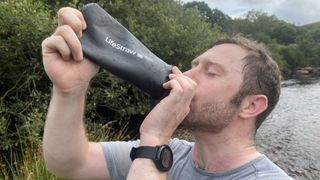
Handle or not, after moving the collapsible bottle through the water a few times, it was just about full and it was time for the filtration to begin. This is where the Squeeze’s versatility gives you a choice. I found myself quenching my thirst by first drinking directly and then I got down to the business of refilling my hydration pack’s soft flasks.
The flow rate is pretty quick – I managed to fill a 500ml soft flask in about twenty seconds. Two flasks and an in-situ guzzle meant three visits to the stream and it was therefore a few minutes before I was back on to running the trails.
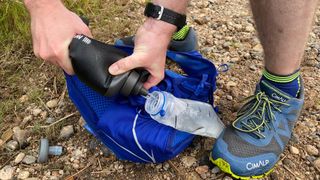
However, using the Squeeze to refill a few times during the run meant that I was able to set out with just 1L of water. I must have drank upwards of 4L during the run, so the weight saving was substantial. A lighter runner is a happier runner, particularly when covering huge distances.
The Squeeze comes bundled with a backflush syringe, which is used to keep the filter working effectively and to maintain the optimal flow rate. Maintenance is relatively quick and easy. All you have to do is disconnect the filter from the bottle, screw on the syringe and submerge in clean water. Then, use the syringe to draw water through the filter.
Where I tested the LifeStraw Peak Series Squeeze Bottle
I set out on a 30-mile run across the length of Dartmoor National Park, carrying an initial 1L of water. I knew that I’d need to resupply several times through the day and also knew there were plenty of river and stream crossings where this could happen. This gave me the perfect opportunity to test both drinking straight from the Squeeze and using it to replenish my soft flasks.
Alex is a freelance adventure writer and mountain leader with an insatiable passion for the mountains. A Cumbrian born and bred, his native English Lake District has a special place in his heart, though he is at least equally happy in North Wales, the Scottish Highlands or the European Alps. Through his hiking, mountaineering, climbing and trail running adventures, Alex aims to inspire others to get outdoors. He's the former President of the London Mountaineering Club, is training to become a winter mountain leader, looking to finally finish bagging all the Wainwright fells of the Lake District and is always keen to head to the 4,000-meter peaks of the Alps. www.alexfoxfield.com
